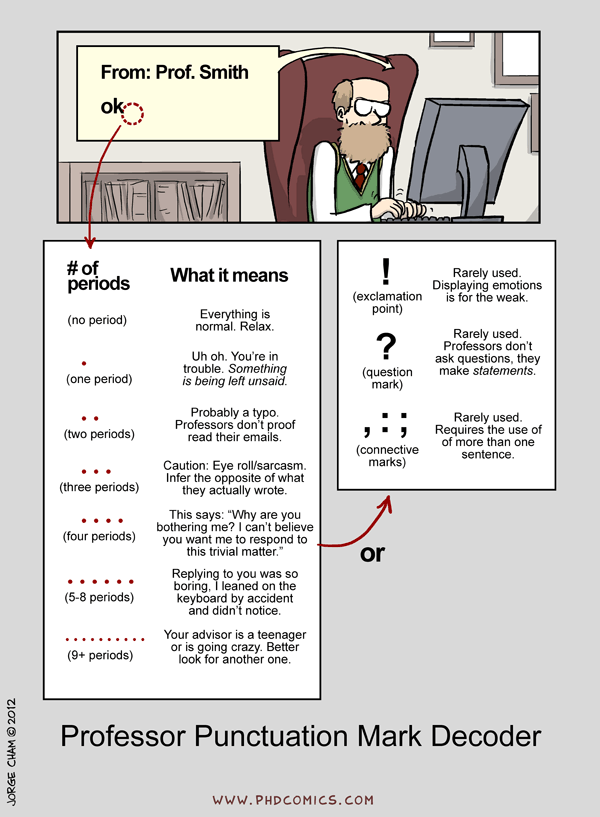Rudolph first appeared in a 1939 booklet written by RL May.
His spouse's name is 'Clarice', and BBC has made a show on his son "Robbie the Reindeer". His brother "Rusty the Reindeer" appeared in a 2006 TV show in the US.
In 2012 Rudolph appeared as the frontcover of the British Journal of Surgery, albeit in a more anatomical figure than usually seen:
 |
| From the BJS front cover, December issue 2012 (photo A Montgomery) |
One big question has never been answered over the years though:
Why is Rudolph's nose red?
The scientific explanation to why Rudolph has a red nose is now clear. A recent research paper in the BMJ has investigated this and found that Rudolph’s nose is red because it is richly supplied with red blood cells, comprises a highly dense microcirculation, and is anatomically and physiologically adapted for reindeer to carry out their flying duties for Santa Claus.
 |
| Fig 3 Infrared image of a reindeer’s head after a treadmill test shows the presence of a red nose (arrow, panel A).23 Colours represent different temperatures: blue 15°C, white 19°C, and red 24°C. The dark band is the harness. Real time intravital video microscopy images of reindeer nasal microcirculatory network with hairpin-like (panel B) and related ring-like vasculature (panel C), similar to human nasal microcirculation. Reproduced with permission of the Department of Arctic and Marine Biology, University of Tromsø -reproduced from BMJ 2012. |
 |
| from http://www.bmj.com/content/345/bmj.e8311 |
The names of the other 8 reindeers are:
Dasher, Dancer, Prancer Vixen, Comet, Cupid, Donder and Blitzen.



















